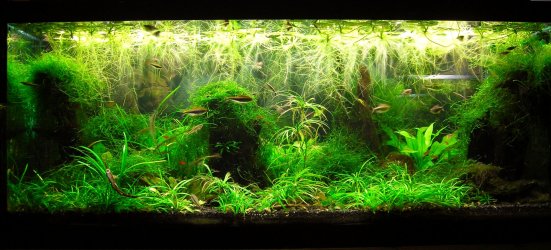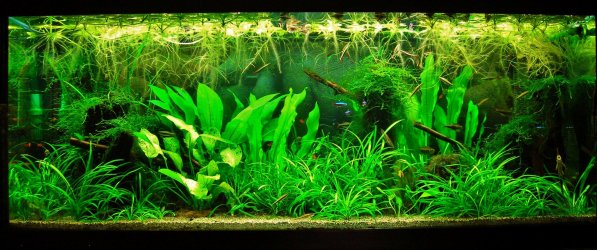Now that's helpful! As is everyone else but I am printing this and bringing it home. Thank you. I think I'll take out my aragonite and put in play sand this weekend...
Obviously you need a temporary home for the fish while you change substrate. I've done this many times over the years, and it really is crucial to have the fish in a temporary tank where they can remain for a few days so you have time to do the job well rather than worrying about the fish in buckets or whatever. Or return the fish to the store, or re-home, that is your call but other options. You need to know the end result before you start, and as I already said some of these fish are not going to work long-term.
The new substrate will be re-cycling to some degree, depending upon the filter (do NOT rinse it out), what fish you decide to keep, and live plants.
Plants need nitrogen, and they use ammonia/ammonium, so that helps in new tanks. Fast growing plants however, and floating are best for this. You might avoid any cycling with these, depending upon the fish that go back in the finished tank.





